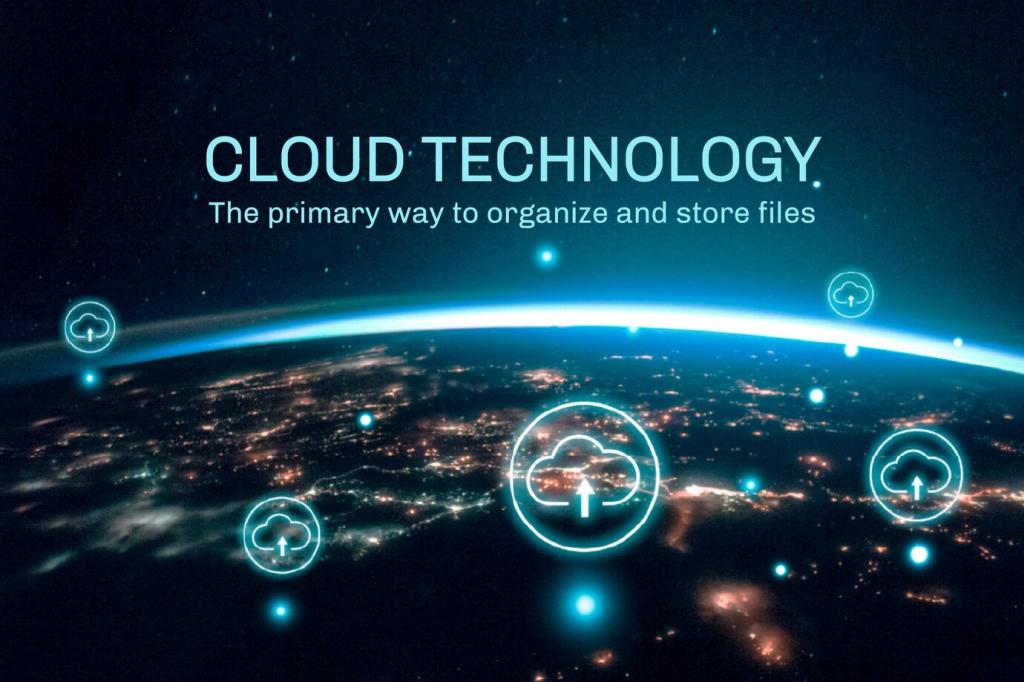Resilience, Backup, and Incident Response
Run realistic drills with real playbooks, on-call rotations, and red-team prompts. One exercise uncovered missing paging for a critical queue. After fixing it, mean time to acknowledge dropped sharply. Share your favorite scenario, and subscribe for our tabletop templates and facilitation tips.
Resilience, Backup, and Incident Response
Keep versioned, immutable backups with tested restore procedures. Replicate critical data across regions, and document runbooks with clear ownership. A dry run once exposed a permissions gap—cheap to fix before a crisis. How often do you validate your restoration steps end to end?
Resilience, Backup, and Incident Response
Hold blameless reviews, distill insights, and prioritize follow-ups. Share wins, not just gaps, to reinforce good habits. When a team celebrated rapid containment, morale improved and participation grew. Tell us how you keep learning continuous, constructive, and safe for honest storytelling.






